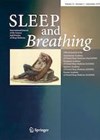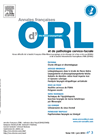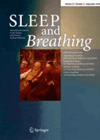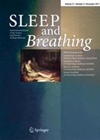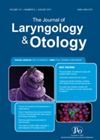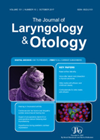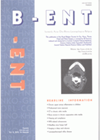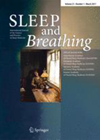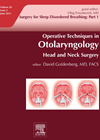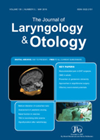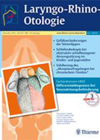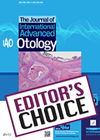
Journal Reviews
An alternative device for obstructive sleep apnoea
Continuous positive airway pressure (CPAP) is the first-line treatment for obstructive sleep apnoea (OSA), primarily due to the vast amount of short-term evidence in the medical literature it has accrued. The enduring obstacle to CPAP from becoming a treatment option...
Lingual tonsils and obstrucive sleep apnoea syndrome (OSAS)
Obstructive sleep apnoea can be due to narrowing of the retrolingual space by hypertrophic lingual tonsils. The authors studied 11 patients (five males and six females with a mean age of 44.3 years and a mean BMI of 28.6). All...
Double suspension sutures for obstructive sleep apnoea
This study examines the benefit of an operation that targets the lateral pharyngeal wall. The double suspension sutures are, in essence, a suture through the palatopharyngeus muscle which is then tied around the hamulus in the retro molar area. This...
A review of DISE classification systems
This article looks at the wide variety of classification systems currently available for interpreting drug induced sleep endoscopy (DISE).The fact that there are so many classification systems, suggests that there is: A) a lot of disagreement about how DISE should...
Modern surgical treatment for obstructive sleep apnoea indicate suppression of inflammatory cytokines
This study comprises 57 patients, 29 of which were treated by anterior palatoplasty procedure, expansion sphincter pharyngoplasty and submucosal minimal invasive lingual excision techniques and 27 by CPAP therapy. Parameters to determine success were AHI, VAS score, ESS score, mean...
Diagnosis of obstructive sleep apnoea hypopneoa syndrome (OSAHS) without sleep studies
Polysomnography is considered the ‘gold standard’ in the diagnosis of sleep apnoea but it is expensive and difficult to perform in children. Diagnosis based on subjective judgement is often inaccurate. An accurate diagnostic scale based on clinical parameters could obviate...
Surgery for snoring
The prevalence of sleep-disordered breathing is rapidly increasing. There is variable evidence for surgical treatments for snoring currently. This Belgian study was a retrospective review of 84 patients who underwent surgery for snoring between May 2011 and December 2015. A...
The sleep nasendoscopy learning curve
There seems to be no accepted way of surgically assessing patients with sleep disordered breathing (SDB). Because of this, clinicians fall roughly into three camps: those who just use one operation for all patients, those who have given up surgery...
Surgical options for children with OSA
This paper looks at the surgical management of OSA in children and approaches the method of patient selection initially. They discuss the role of polysomnography in that it is part of the AAOHNS criteria in those patients with OSA symptoms...
Investigations in the management of OSA in children
The purpose of this study was to pick up variation of practice across the UK in the assessment and management of children with suspected OSA, particularly with reference to pulse oximetry and polysomnography. A questionnaire-based survey revealed that preoperative pulse...
The Impact of sleep endoscopy for paediatric obstructive sleep-disordered breathing
Paediatric obstructive sleep apnoea (OSA) is not always resolved or improved with adenotonsillectomy. Persistent or complex cases of paediatric OSA may be due to sites of obstruction in the airway other than the tonsils and adenoids. Investigation of paediatric obstructive...
The effect of sleep deprivation on auditory processing
This article caught my eye for personal and professional reasons. As a full time ENT trainee working 24-hour on-calls, I also have young children who have never slept through the night and don’t respect weekends or days off. My FRCS...

